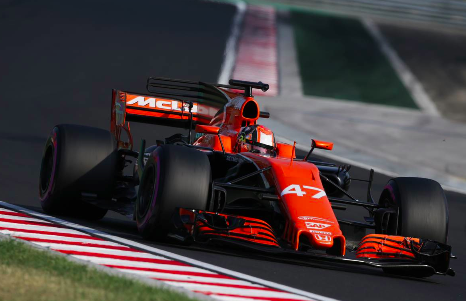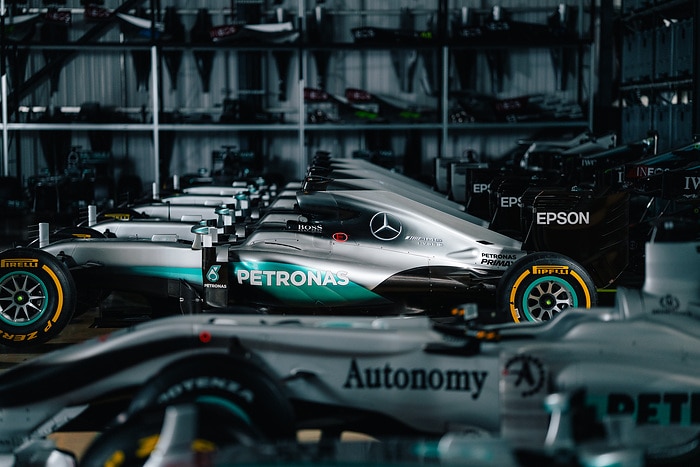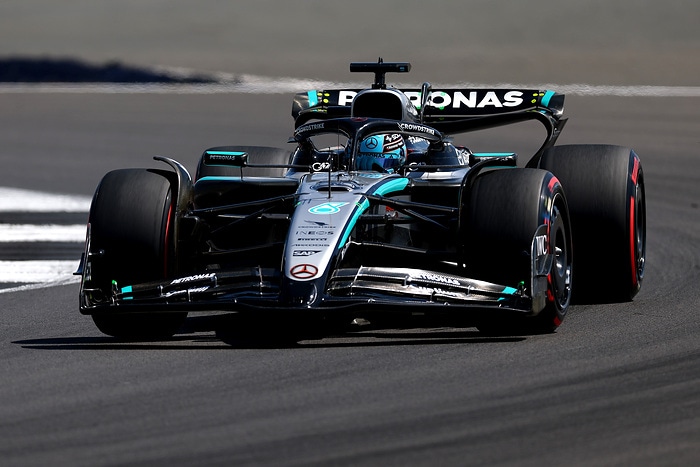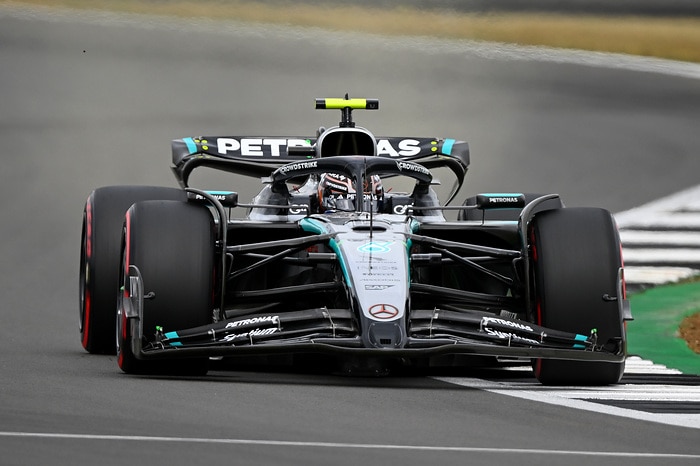
The headlines from the second in season F1 test at Budapest were grabbed by the F1 return of Robert Kubica, seven years on from his last Grand Prix.
But perhaps the story with the greatest significance for the future of F1 is the 17 year old who ended the day in second place, Lando Norris.
Testing times mean little; we all know that. Cars can be running in any configuration, there are no FIA weight tests, tyres and fuel loads can vary hugely. So the value in looking at a Top Four in the classification of Sebastian Vettel, Norris, Kimi Raikkonen and Kubica is mainly in the element of fantasy of what that might say if it happened at an F1 Grand Prix.
In reality, by the time Norris gets into F1, Raikkonen will probably have retired, although he has managed to extend his career well beyond the time limits many had predicted. He looks set to add another season in 2018 before handing over the scarlet car to Charles Leclerc, one of Norris’ generation. Next year Norris is likely to be aiming to do in F2 what Leclerc is doing now.
If you look at the detail of the runs yesterday, Vettel didn’t put his three best sectors together on the same lap. Had he done so he would have had a 1m 16.994s lap (rather than a 1m17.174). But Norris, in his first full blown current car F1 test did put all his best sectors together. Norris did his time on the first flying lap of a three lap run, Vettel on the first lap of a four lap run.
He will join Leclerc, Verstappen and Ocon as an exciting new generation of drivers on whom their teams and Liberty Media will look to build the new F1. George Russell, who ran two days for Mercedes and whom they rate highly, is another.
They are a clean sheet of paper. If Liberty want to include three or four driver promotional days for F1, as we know they do, they can look to make that a condition of the FIA superlicence and the younger drivers will know no different. They will probably come to appreciate it as they will be propelled by social media into global properties.
For Kubica the tale is different. Everyone is now speculating whether the Pole, who is the same age as Lewis Hamilton, will make a sensational race comeback. He looked every inch the gnarly old pro in the tests yesterday. It was interesting that he took the opportunity to be photographed with his right arm showing, the arm that was almost severed in a rally accident in 2011.
His median and ulnar nerves were severed in that accident and medics practised in the art of restoring hands and arms after they have been severed, told this site that the Pole would never have the strength or fine motor skills to drive and F1 car again.
They were wrong.
Kubica did a great job, cheered on by several hundred Polish fans in the stands opposite the pits, he covered 142 laps, which is 622km, without any pain or apparent fatigue. His time was set on the first lap of a four lap run on ultrasoft tyres, with a second attempt after a cool down lap, just 2/10ths slower. It’s hard to compare the lap times to the race weekend, the track improves with the rubber going down.
But if one considers that the ultrasoft is worth around 0.7s to 0.8s compared to the supersoft that was in use for the Grand Prix qualifying session and Kubica’s time was 0.1s off Palmer’s best qualifying lap, that equates to around 0.9s difference. The unknowns are how much the track had improved by and how much fuel Kubica’s car was carrying.
The comments afterwards from the Pole suggested that he had not had a chance to do a true qualifying simulation, that was scheduled for the end of the day but was interrupted by a red flag.
“If I had another chance I know I could do better,” he said afterwards. “But I’m happy anyway. We have to keep our feet on the ground here; I’m still the same guy I was a few months ago, with the same limitations. But this week I have proved to myself that anything is possible.”
Renault has managed this process quite cleverly and has derived a huge amount of coverage from it. This wasn’t the primary aim, but it will certainly help when the bosses are reviewing the 2017 season and looking at the value the brand got from the second year of its comeback to F1.
The results have been sparse, with Jolyon Palmer still yet to score a point at the summer break.
However the improvements in the car in the last month, especially the floor, have brought the pace up to the front of the midfield, at least in qualifying. Hulkenberg’s fifth place on the grid at Silverstone and sixth at the chequered flag were quite a statement, but both he and the car don’t always get the race results that they promise.
Inevitably Kubica’s performance has raised questions over whether he will appear in Palmer’s car at Spa. Is this realistic? One senses that Renault feels it has given Palmer plenty of chances and – even allowing for the many reliability problems he has suffered – a return of no points compared to 26 for Hulkenberg is not good enough.
Kubica says he doesn’t know what will happen next. The narrative from Renault in light of Kubica has all been about consideration of him as a candidate for 2018. Carlos Sainz, Sergio Perez and even potentially Fernando Alonso are also candidates.
We go into the summer with the intriguing question of which driver could be driving that second Renault in the remaining races, starting with Spa.
What did you think of the Hungary F1 test? Were you surprised by the performance of Kubica? What about Norris? Leave your comments in the section below
Source :https://www.jamesallenonf1.com


























